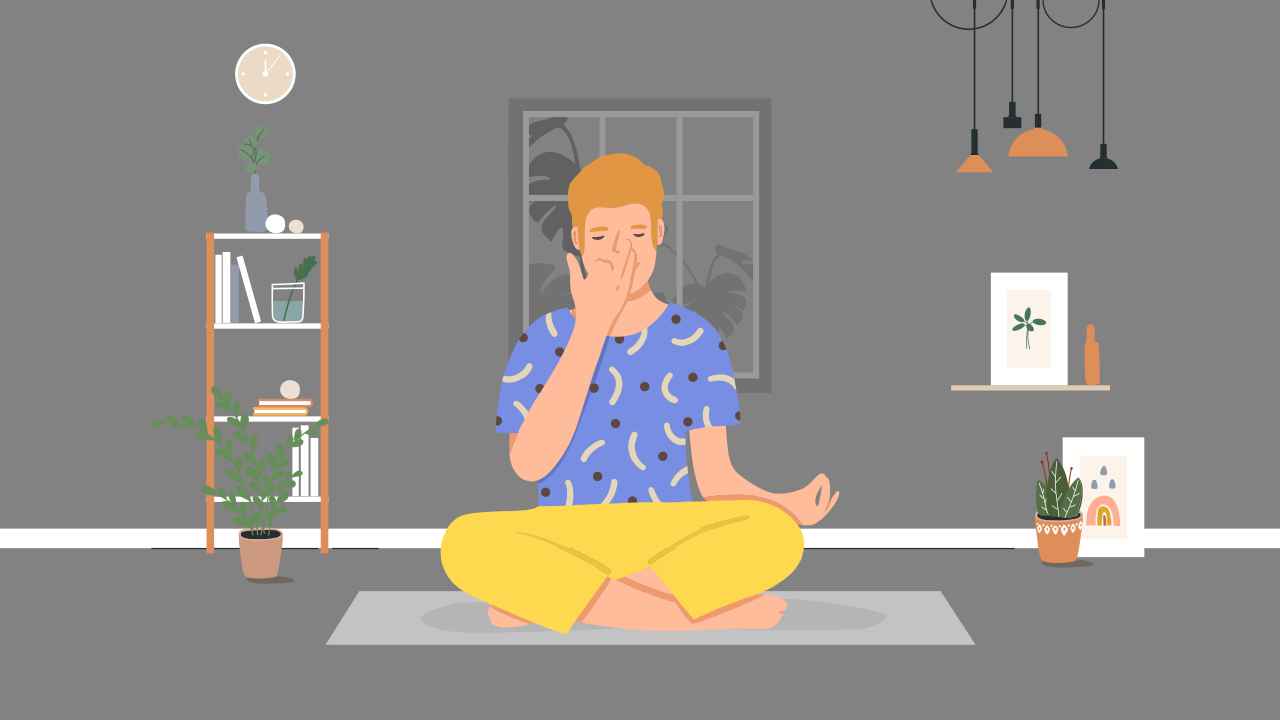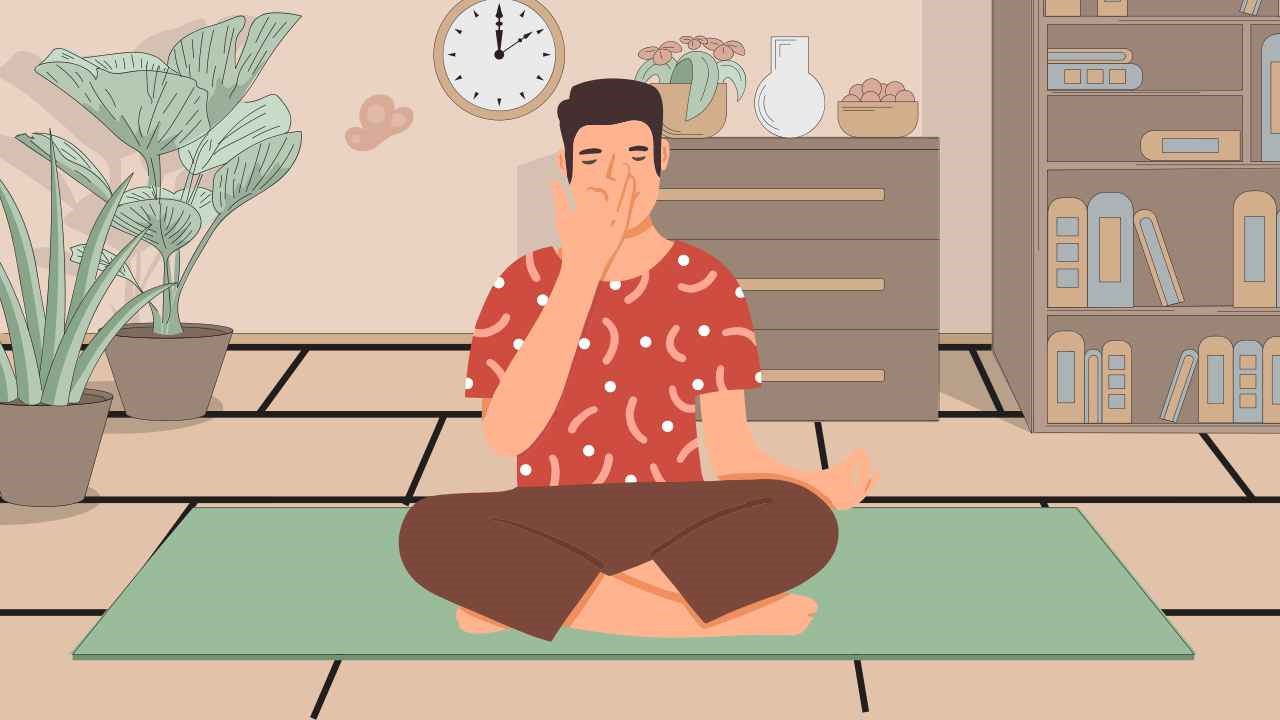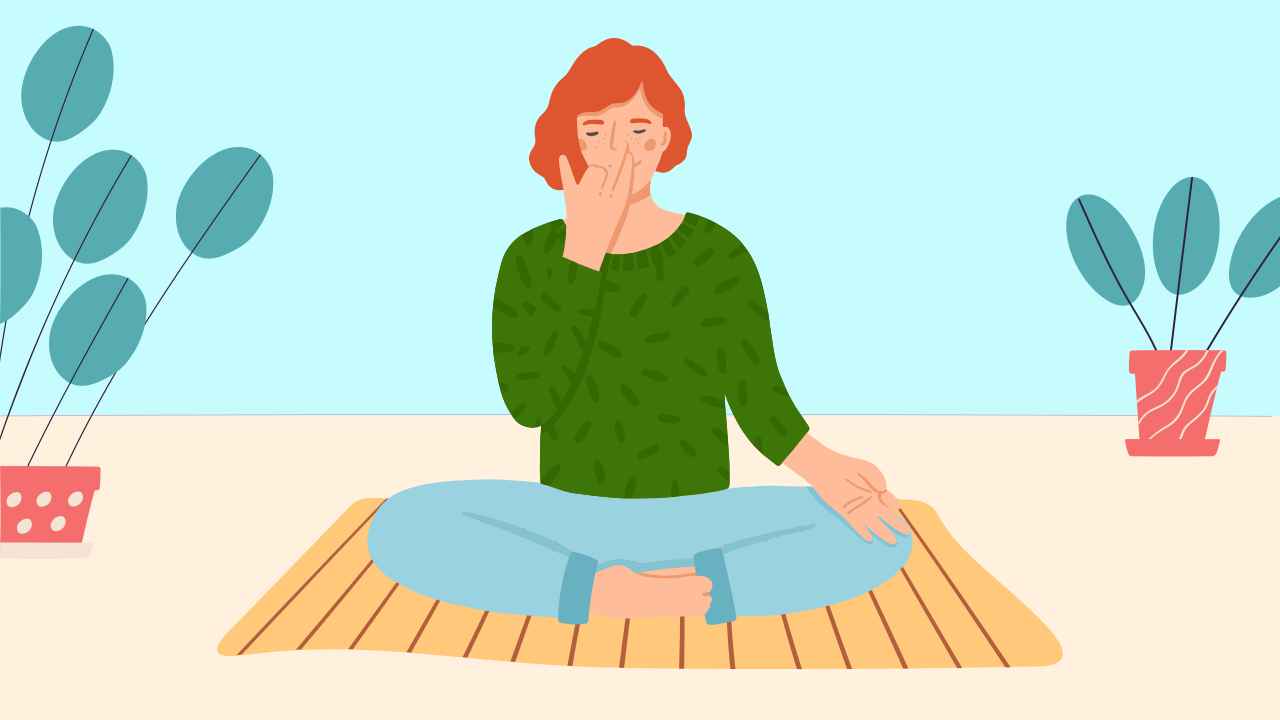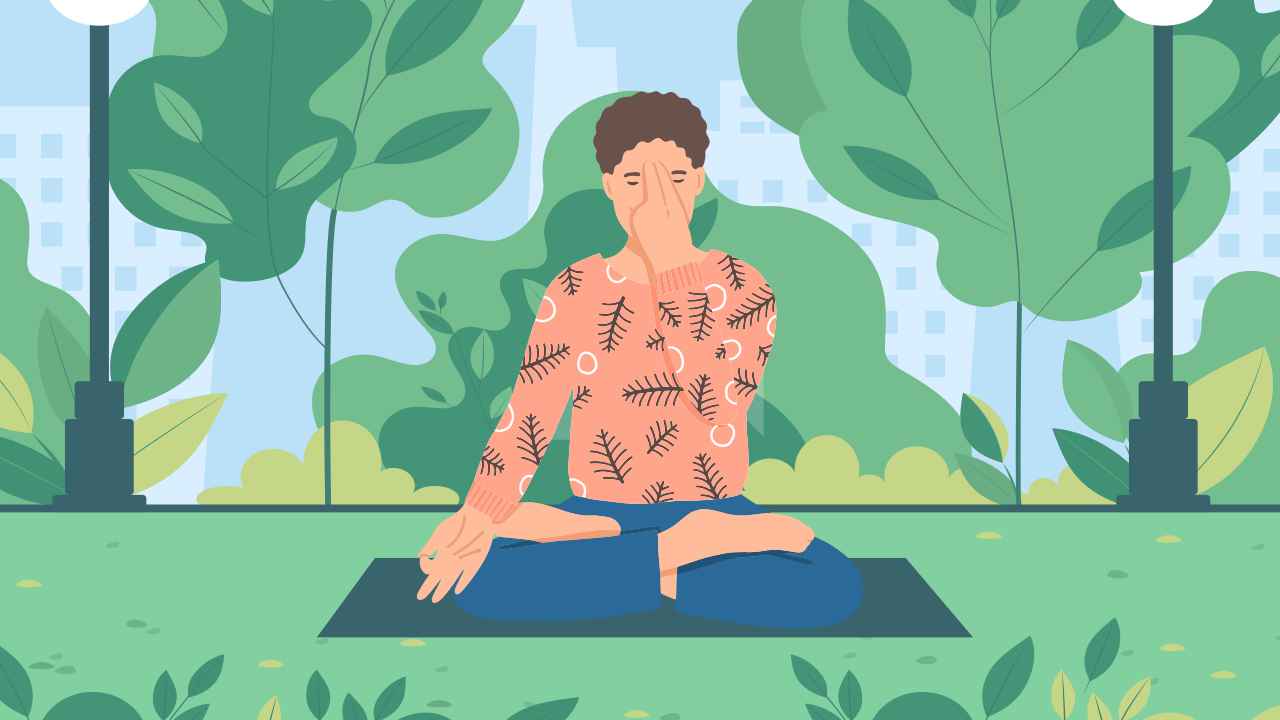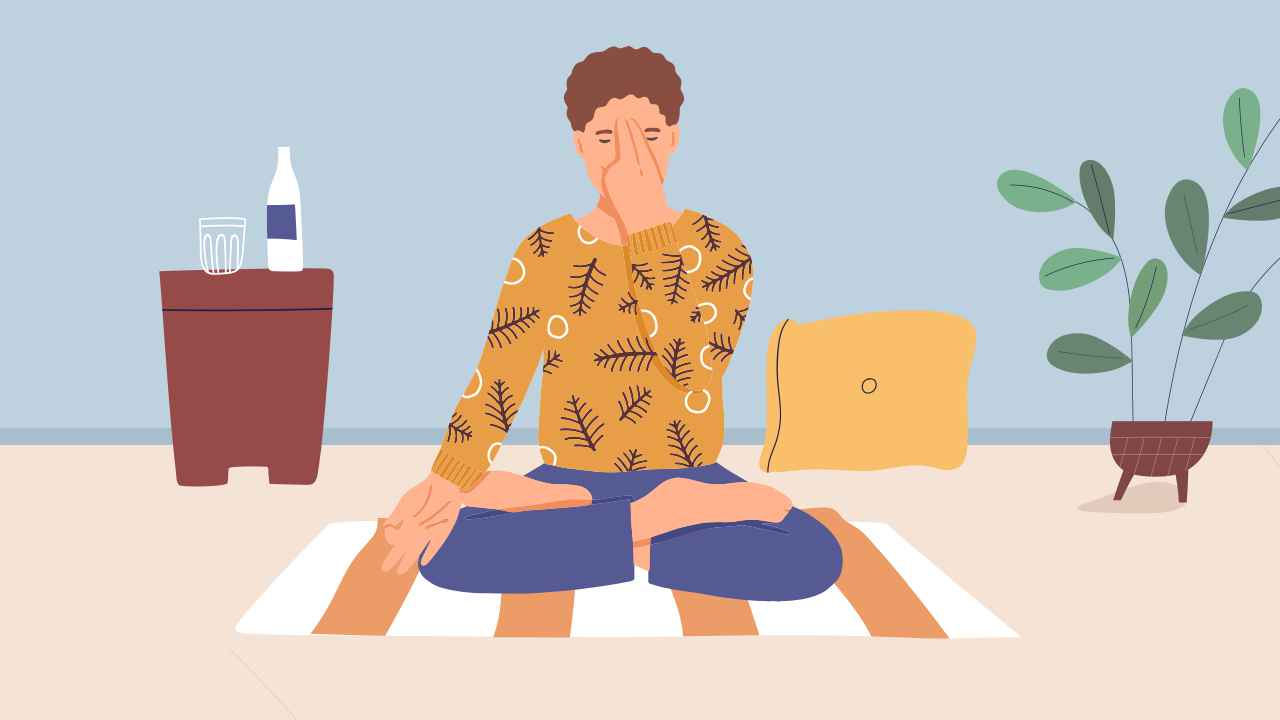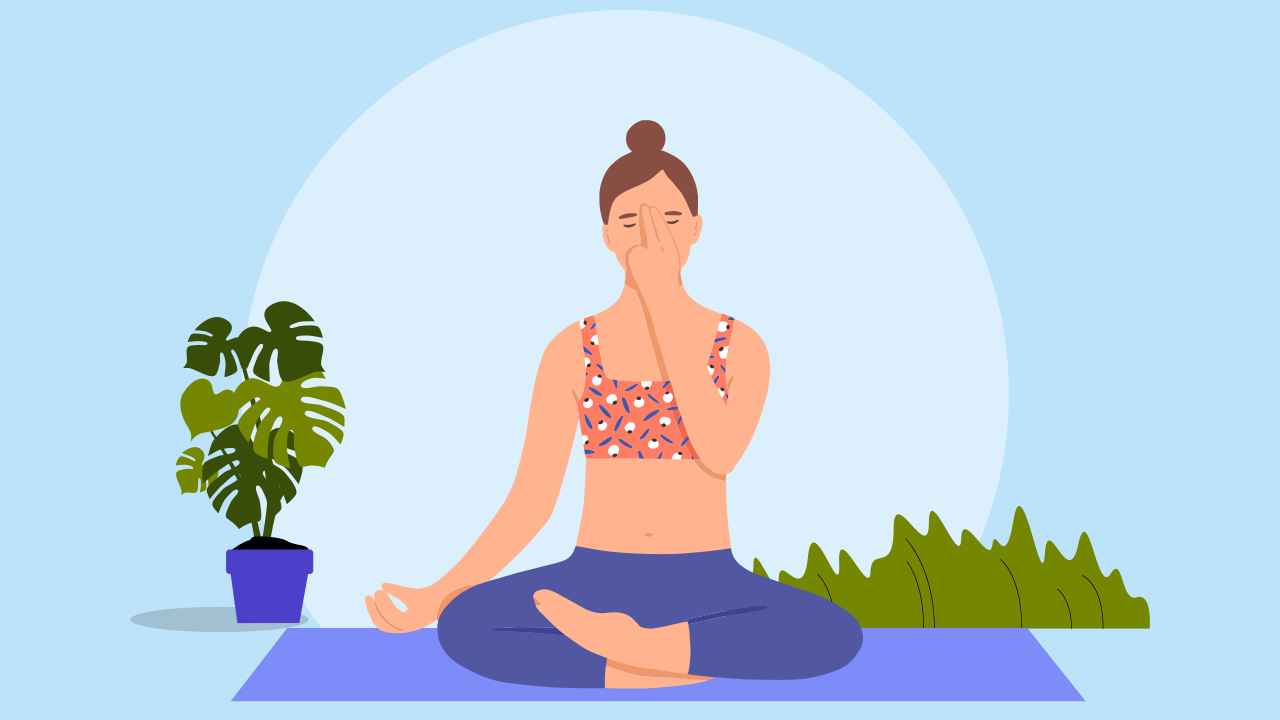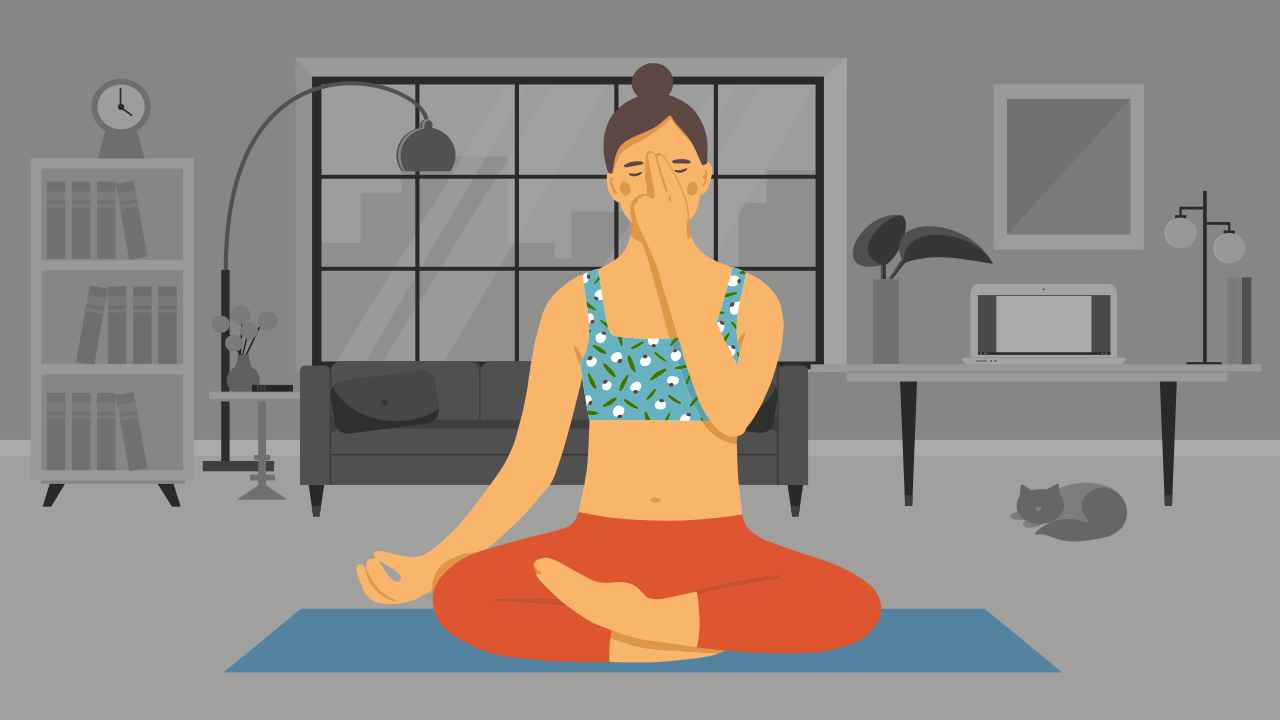
Getting Started: Yoga Sequences for Beginners

If you are new to yoga and are looking for guidance on the basic poses to get started, you have come to the right place. Here, we share a few sequences involving simple yoga practice for beginners that you can do from the comfort of your home. Read on to know more.
Begin with a meditative posture
Meditative poses in yoga are highly regarded in the traditional texts. They are a great way to commence your practice. You may take a moment of pause before you begin. Sukhasana or the happy pose is the easiest to start with.
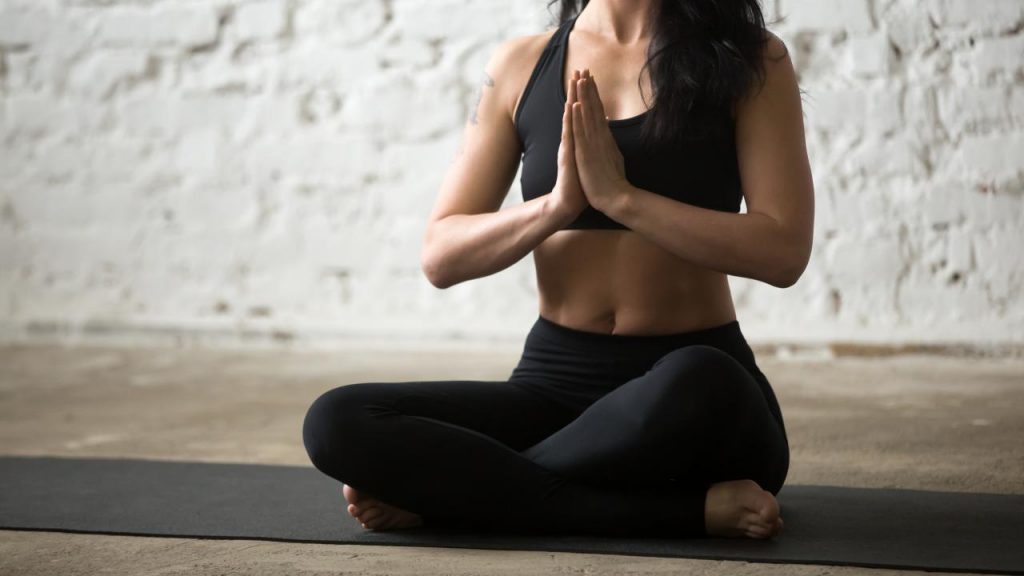
Contraindications/limitations: Acute arthritis
How to perform Sukhasana
- Sit with your legs stretched out in front with both your hip bones on the mat
- Bend your right leg gently from the knee and fold it in such a way that the right heel is underneath your left thigh
- Bend your left leg slowly at the knee. Bring your left heel under the right thigh
- Keep your spine erect and shoulders squared. Let the abdomen rest in the normal contour and keep your gaze in front
- Keep breathing slowly, focusing on a point in front of you, and gradually close your eyes
- Hold this pose for a few minutes
Set an intention for your practice
Setting an intention for yoga practice for beginners will weave in your mental component into the postures. Your intention can be one word like love, strength, peace, or a short prayer of gratitude. Continue with this intention throughout your practice. You can have new intentions every time you lay your mat.
Also read: Useful Tips for Yoga Beginners
Warm-up your body
Warm-up (Sahaj Bhavasanas) is a must for anyone keen on starting the practice of asanas. Warming up will help loosen your body’s joints, and you will be able to move gracefully on the mat. It will also prevent you from any injury caused due to tight joints and muscles.
Foundational yoga asanas for beginners
We now come to the most important part. Here are the six quintessential foundational asanas for beginners for building a practice. You will see that these asanas provide an overall stretch to the body, thus reaping benefits to yoga beginners. These sequences include:
1. Tadasana
This is the base of all standing postures. During intense practices, Tadasana is used as a resting pose. It tones your thighs and buttocks, lengthens the spine, and stretches your arms. It leads to a one-pointed state of being.

Contraindications/limitations: Hypertension and serious cardiac complaints, muscular, or nervous agitation.
How to perform Tadasana
- Begin with your feet, hips distance apart and place your hands firmly at the sides of your body
- Engage your thighs and lift from your spine, pulling the belly into the spine
- Keep your shoulders squared and relax your neck. Look in the front
- Hold this posture for five-10 breaths
2. Vrikshasana
Vrikshasana or the tree pose condenses your mind’s attention. It works on your balance, improves concentration, and brings about greater focus. This asana is great for your legs right from the ankle to the hips. It also works on pelvis stabilization.
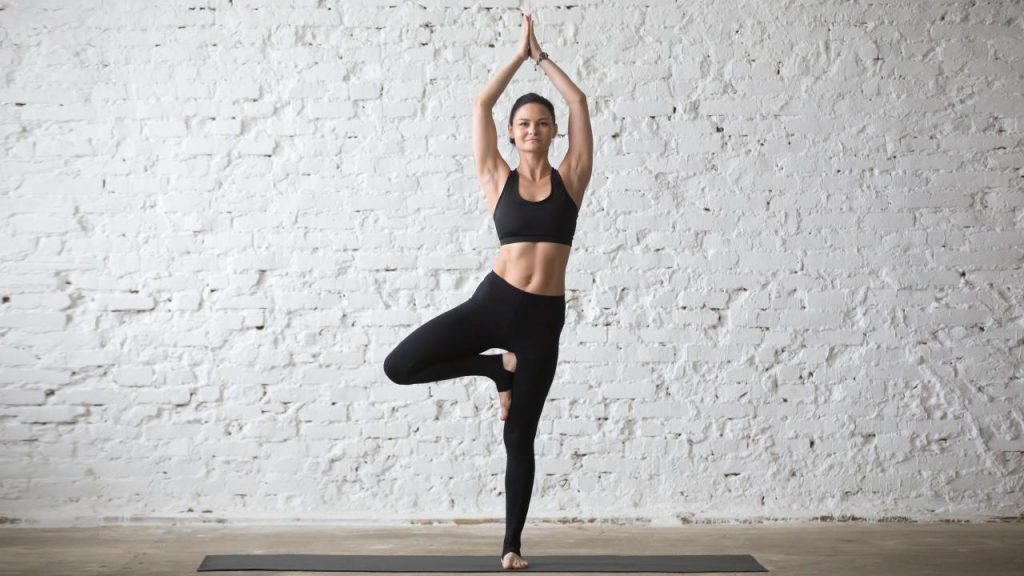
Limitations/contraindications: Severe arthritis, lower back pain, sciatica, slipped disc, and vertigo.
How to perform Vrikshasana
- Stand in Tadasana. Exhale and lift your right leg and place it on the left inner thigh
- Lift your arms from the side up to the sky and join your palms together while inhaling
- Focus on a point in front of you
- Keep lifting your chest and tighten your abdomen muscles to keep the balance intact
- Hold for five breaths. Exhaling, come back to Tadasana
- Repeat it twice on both the sides
3. Bhadrasana
Bhadrasana (The Butterfly Pose) has many therapeutic effects. This asana is excellent for women’s health and regulates the proper functioning of the reproductive organs. It aids overall digestion and strengthens muscles of the thighs, hips, and back. In short, this yoga pose is ideal for any beginner.
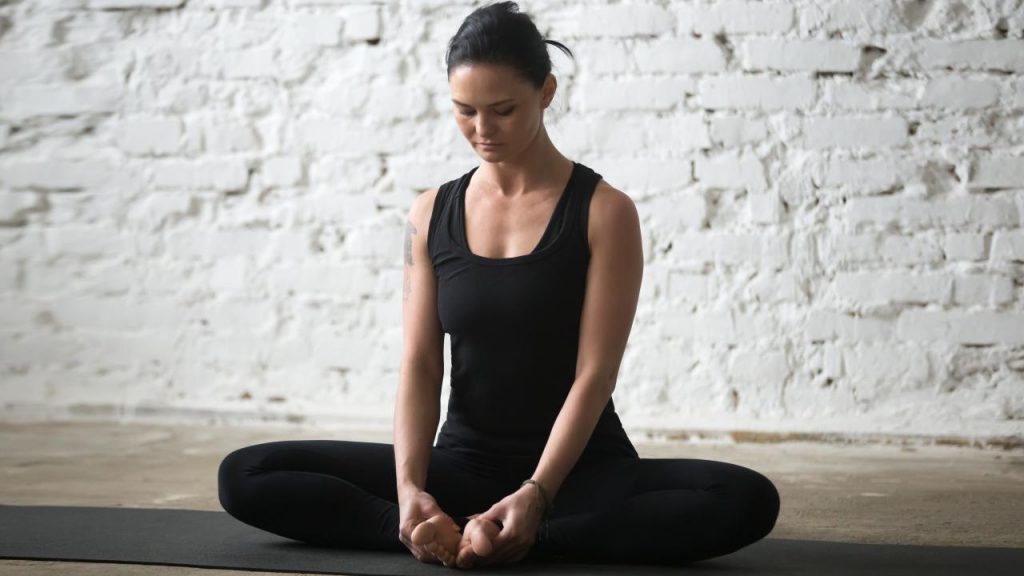
Limitations/contraindications: Severe arthritis and pain in the hips and knee joints.
How to perform Bhadrasana
- Sit with both your legs stretched out in front of you, keep the toes together, and hands right by your side
- Bring your right leg inwards closer to your groin while inhaling and keep your toes pointed away from the body
- Repeat this practice with the left leg. Clasp the feet together with your hands and keep pushing the knees down to the floor
- Sit erect. Keep breathing gently and hold the posture for 10 breaths
- Release while exhaling. You can repeat this one more time
4. Yoga Mudra
Yoga Mudra is a comparatively easier forward bend and available to yoga practitioners at all levels. Practicing this asana with the sense of surrender will allow you to let go of all your worries and tensions. Additionally, Yoga Mudra is a treat for your digestive health, as it alleviates constipation and other gastric conditions.
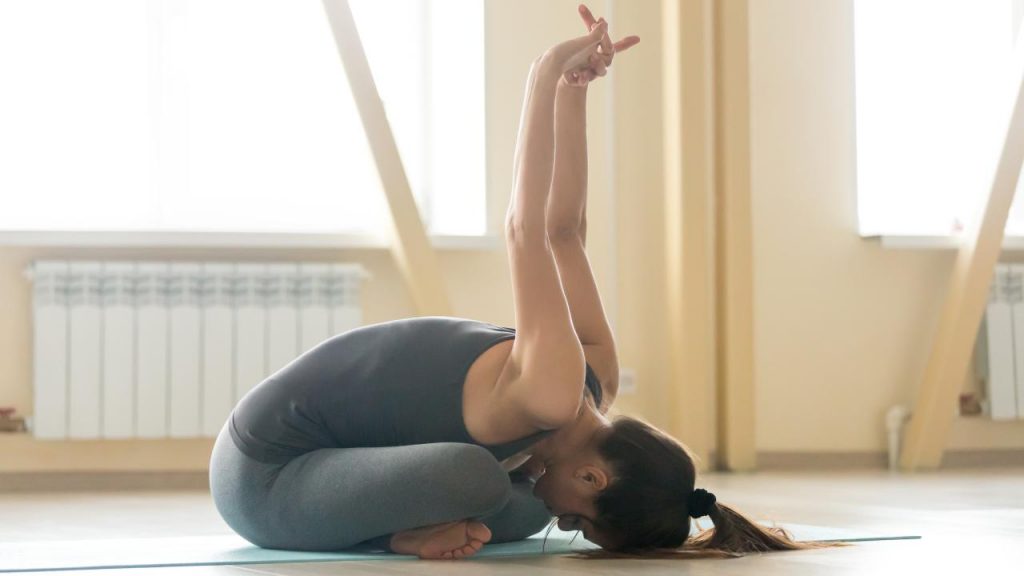
Limitations/contraindications: Hypertension, cardiac ailments, hernia, abdominal surgery, cervical or lumbar spondylitis, high myopia or serious eye condition, and acute pain in the back or neck.
How to perform Yoga Mudra
- Sit in Sukhasana and hold your left wrist with your right hand. Sit erect and gaze in front
- Start bending forward while exhaling and bring your forehead closer to the ground. Tuck your abdomen in and relax the shoulders
- Keep pressing your hips on the floor, do not lift them, and hold the posture for five-seven breaths
- Roll back your shoulders while inhaling and lift your neck. Straighten your back and come back to the starting position.
- Repeat this practice twice
5. Bhujangasana
Bhujangasana (The Cobra Pose) is a backward-bending asana. It can do wonders for your spinal health. Along with strengthening the spine, it stimulates all your body organs and the nervous system. If you have the problem of lower back pain, practice this asana regularly to witness visible improvements.
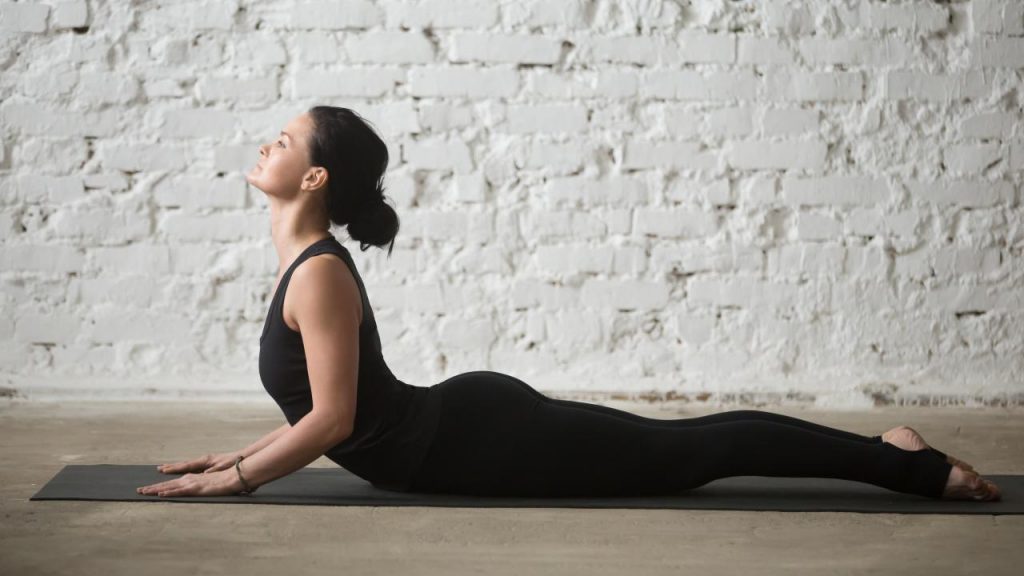
Contraindications/limitations: Hypertension and heart ailments, hyperthyroid, peptic ulcers, hernia, and pregnancy.
How to do Bhujangasana
- Lie down on your stomach with your forehead on the ground. Keep the legs together such that the toes and heels touch, and place your hands at the side
- Bring your palms in line with your chest. Pull elbows closer to one another, facing the sky
- Press your palms into the floor while inhaling. Lift your head, neck, shoulders, and chest
- Focus on a point in front
- Keep pressing your hands and feet on the floor and hold for three breaths
- Bring your forehead, neck, and torso to the floor and hands to the side while exhaling
- Repeat this process thrice
6. Supta Vakrasana
Supta Vakrasana is a spinal twist. Twists are beneficial and restorative. They are effective in toning your abdomen and reducing waist fat. Supta Vakrasana additionally stretches your thighs. It improves posture and flexibility of the spine.
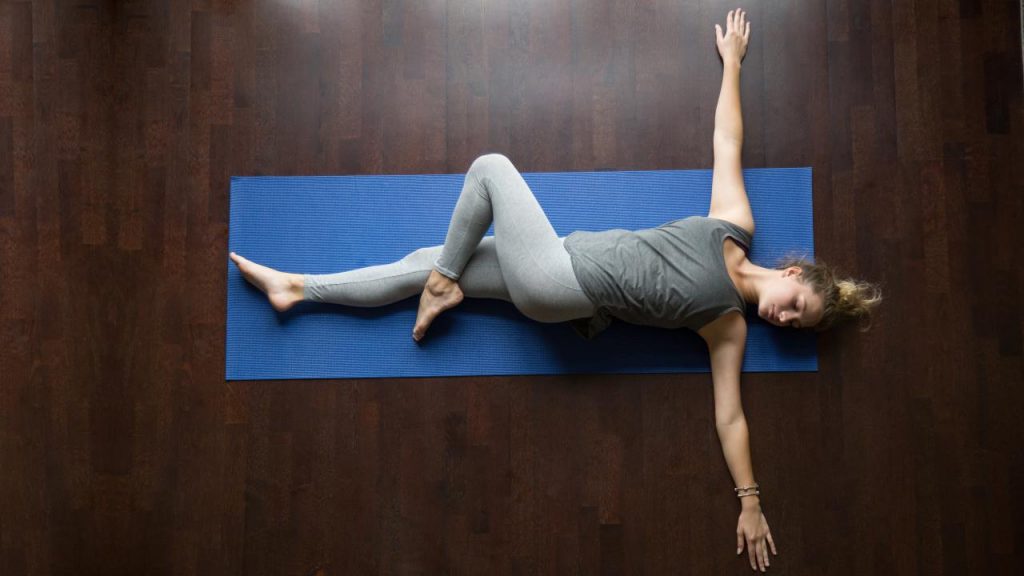
Contraindications/limitations: Abdominal surgery, hernia, and ulcers.
How to do Supta Vakrasana
- Lie down on your back with palms at the side and keep the legs close to one another
- Stretch your hands at the side such that palms face the floor
- Inhale, bend your knees, and place your feet on the floor
- Twist your body while exhaling and let your legs fall to the right side such that the left knee is on top of the right knee
- Turn your gaze and neck to the left side. Hold the pose for 10 breaths
- Bring your feet back to the center while inhaling. Repeat on the left side
- Release your hands and legs gradually
Also read: What Does Yoga Do to Your Body?
Conclude by relaxing in Savasana
Savasana (The Dead Corpse Pose) is a favorite among most yoga beginners. For many, Savasana seems like the easiest pose, but that is not the case. Savasana is the active relaxation of your body after an asana session. It means scanning parts of our body and relaxing them individually.

Practice this yoga sequence for beginners about two-three times a week and add or skip asanas as per your choice. You will start noticing that your body becomes more agile and flexible. You will be able to hold these poses for a longer time and eventually move on to complex poses. You can come back to this sequence any time you like. So, without any further delay, grab your yoga mat and start practicing!
Reference
1. Yogendra HJ. Yoga for all. New Delhi: Rupa Publications, 2018.


